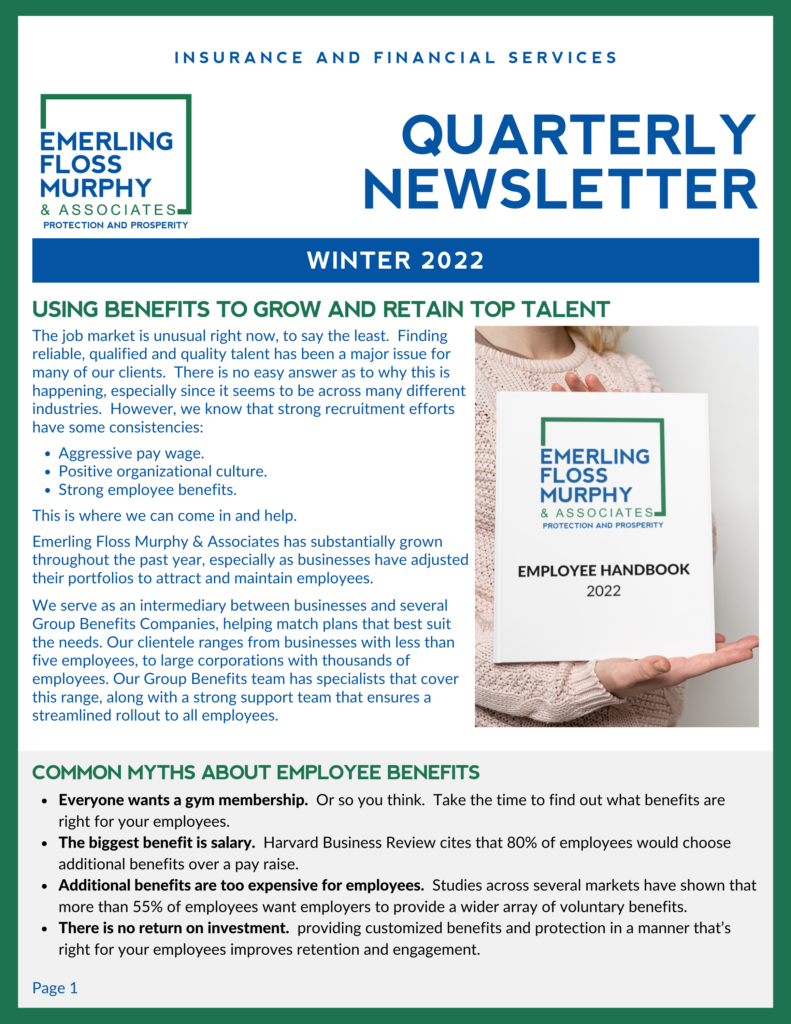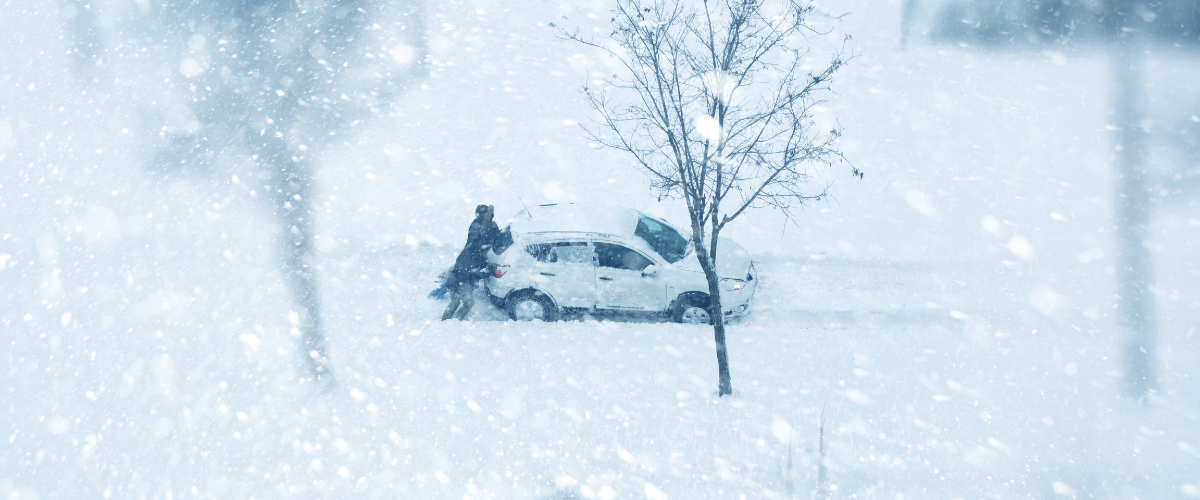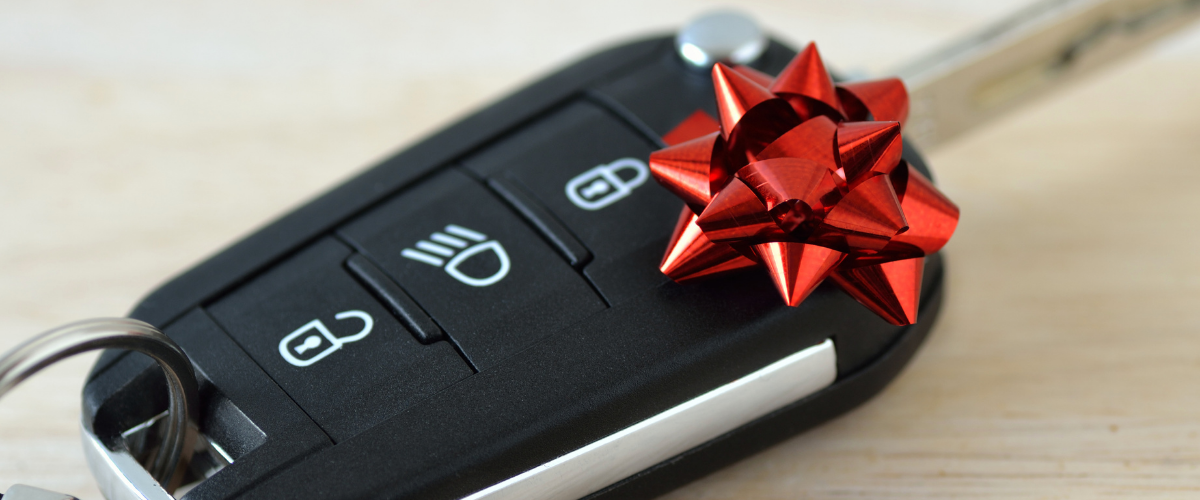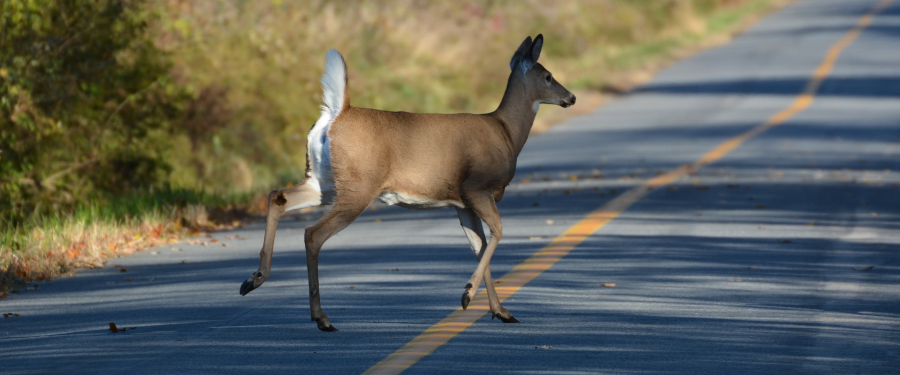5 Customer Expectations That Might Outlast COVID-19
While we can’t predict exactly when the novel coronavirus (COVID-19) pandemic will pass, it’s safe to assume one thing: The virus will impact the way you do business and your customers’ expectations for years to come.
As we navigate the next chapter of COVID-19 together, those (and more) expectations just might be here to stay. What might your customers expect from your business in this new normal and beyond? Here are some trends that are likely to stick around:
- Transparent cleaning and safety protocols: This keeps everyone on the same page and builds trust and accountability. Are you closing down early to clean overnight? Sanitizing frequently-touched surfaces? Requiring masks for entry? Make expectations clear and readily available, such as a page on your website or a social media post. Then, remember to hold employees and customers accountable.
- Contact-free options: Online ordering. Curbside pickup. Video consultations. Get creative and think about what makes sense for your business. Maintaining social distance is simply the right thing to do – and even as restrictions relax, customers’ desire for contact-free options is not going away anytime soon.
- Updated hours of operation: If Google says you’re open but your website says you’re closed, that can confuse and frustrate customers… or cost you a sale. Make sure your hours and contact information are consistent on your website, search engines and social media. Put a sign in the window to communicate changes in operating hours to passers-by – and don’t forget to change your business voicemail too.
- Staying connected: Maintaining social distance doesn’t mean we have to stay emotionally apart. Keep in touch with your customers through social media or e-newsletters to let them know they’re still top of mind (and keep your business top of mind, too). A coupon or discount code can provide a helpful incentive when you reach out, as well.
- A little vulnerability: If your first attempt at something new is a little wonky… so what? Tell your customers you’re trying your best and ask for honest feedback. Aim for progress and authenticity, not perfection – and don’t forget to celebrate the small victories. After all, we’re figuring this out together.












